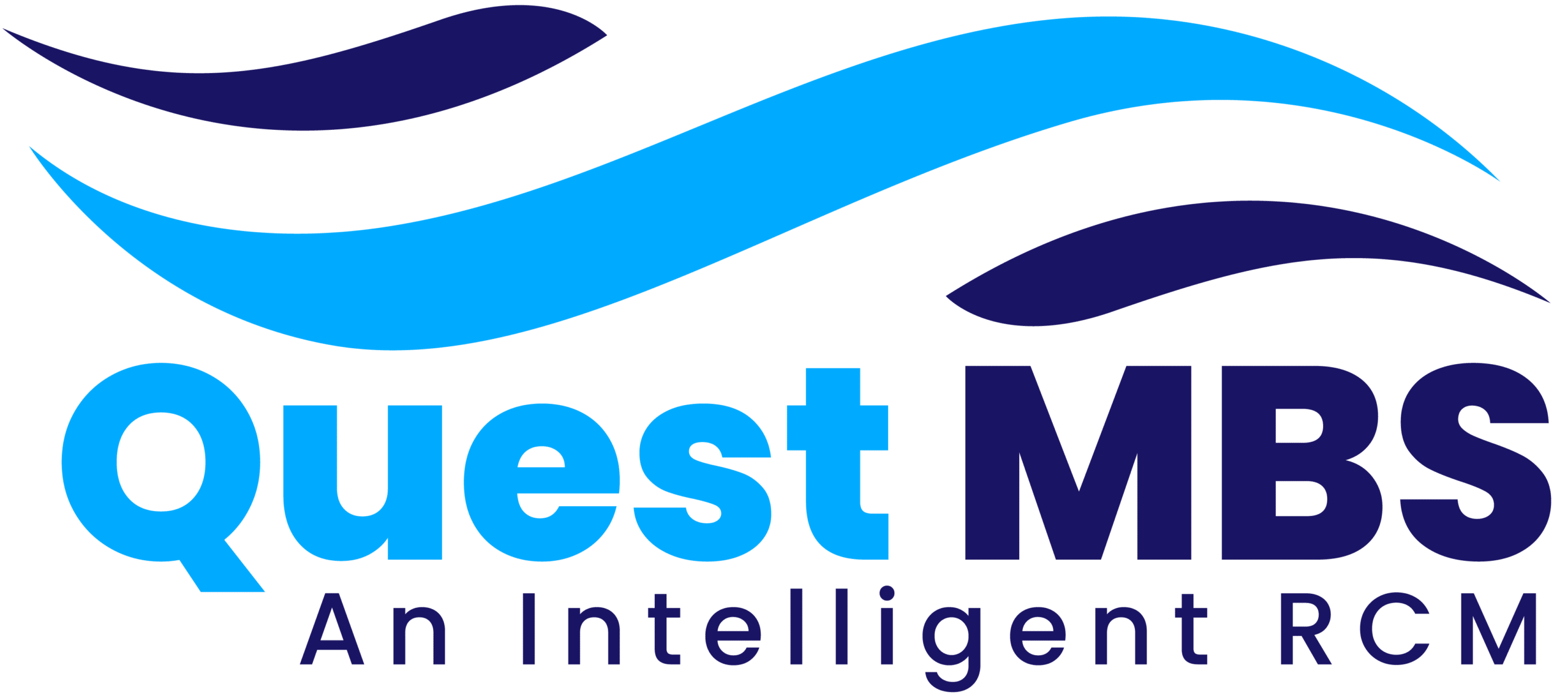Introduction: Transforming Healthcare Operations with EHR
Electronic Health Records (EHR) systems have revolutionized the way healthcare organizations manage patient data, streamline workflows, and maintain compliance. These digital solutions serve as centralized platforms that integrate clinical, administrative, and operational processes into a single ecosystem. Beyond just storing patient history, EHR systems now support vital components of the healthcare revenue cycle. Their integration with documentation, coding, and billing functions has become essential for improving efficiency, accuracy, and profitability in medical practices.
Centralized Access: One Platform for All Needs
One of the greatest advantages of EHR systems is the ability to access and manage all patient-related information from a single interface. Whether it’s demographics, visit history, test results, or clinical notes, everything is instantly retrievable. This reduces redundancy, minimizes paperwork, and ensures that providers and billing teams are working from the same source of truth. Centralized access also streamlines care coordination and allows teams to complete documentation in real time, reducing delays and errors.
Real-Time Documentation: Reducing Administrative Burden
EHR platforms enable providers to document patient encounters during the visit itself. Features like voice-to-text, customizable templates, and clinical note builders reduce the need for after-hours charting. Accurate real-time documentation supports coding accuracy and ensures that no billable service is overlooked. This improves both patient outcomes and revenue generation. It also enhances transparency across departments and simplifies compliance with payer requirements.
Integrated Scheduling and Eligibility Checks: No More Bottlenecks
Modern EHRs include intelligent scheduling tools that connect appointment setting with patient insurance verification. When a patient is booked, the system automatically checks coverage and identifies authorization requirements. This proactive step prevents surprise denials and improves patient satisfaction by offering upfront cost clarity. Staff can focus more on patient engagement instead of manually verifying benefits, reducing administrative workload and improving front-desk efficiency.
Streamlined Charge Capture: From Exam Room to Invoice
EHR systems support streamlined charge capture through digital encounter forms and automated coding prompts. When providers document services, procedures, or diagnoses, the EHR suggests appropriate codes based on clinical data. This reduces missed charges, supports accuracy, and eliminates duplication. Automated charge capture ensures that every clinical action translates into revenue opportunity, strengthening financial outcomes.
Improved Coding Accuracy: Built-In Support and Prompts
With built-in prompts, coding suggestions, and alerts, EHRs significantly enhance the precision of clinical coding. These tools detect inconsistencies, offer suggestions based on documentation, and flag areas that need clarification. Coding errors—such as incorrect use of modifiers or missed diagnoses—are caught before claims are submitted. This results in fewer rejections, faster payments, and improved compliance with payer rules and industry standards.
Faster Claims Processing: Seamless EHR and Billing Integration
A key benefit of EHR systems is their integration with billing platforms. Once services are documented and coded, claims are automatically generated and transmitted for processing. Claims scrubbing tools embedded in the workflow catch errors and validate data before submission. This automation shortens the billing cycle, increases first-pass acceptance rates, and reduces the time spent on rework or appeals.
Enhanced Communication: Connecting Providers and Back-Office Teams
EHR platforms create a seamless communication channel between clinicians and administrative teams. Billing staff can leave notes for providers to clarify documentation or request additional details. Providers can respond directly within the system, reducing the back-and-forth typically done via email or phone calls. This direct communication ensures faster issue resolution and increases overall productivity across the organization.
Regulatory Compliance: Stay Ahead of Audits and Changes
EHR systems are designed with compliance in mind. They store and organize data in formats that align with regulatory standards, making it easier to track audit trails, maintain data integrity, and respond to payer reviews. Many EHRs also include alert systems to notify teams about changes in documentation rules or coding guidelines, helping organizations avoid penalties and stay audit-ready.
Data-Driven Insights: Use Analytics to Guide Improvements
Advanced reporting and analytics capabilities in EHR systems offer a wealth of information for decision-makers. By analyzing key metrics such as reimbursement turnaround time, claim denial rates, and documentation patterns, healthcare leaders can identify bottlenecks and optimize performance. These insights allow for data-informed decisions, targeted staff training, and continuous improvement of billing practices and clinical workflows.
Patient Engagement: A Better Experience Builds Loyalty
EHR platforms support patient portals that allow individuals to view their medical history, track upcoming appointments, and communicate with their care team. They also enable patients to view estimates, pay bills, and update insurance details online. When patients are more informed and involved, it reduces confusion and missed payments. Clear communication of financial responsibilities contributes to faster collections and better cash flow.
Mobile Accessibility: Work Doesn’t Stop at the Office
Cloud-based EHR systems give providers the ability to access records securely from anywhere. This flexibility is especially valuable for telehealth services, home healthcare, and providers who practice across multiple locations. Mobile accessibility ensures continuity of care and supports revenue capture even when providers are not physically in the office. It also enables real-time documentation and approval of claims on the go.
Scalability and Customization: Grow Without Disruption
Whether you’re a solo provider or part of a large network, modern EHR systems scale with your organization. Custom workflows, templates, and modules allow practices to tailor the system to their specific needs. As patient volume grows, the EHR supports increasing complexity without requiring a complete system overhaul. This stability supports long-term operational efficiency and financial sustainability.
Staff Productivity: Focus on Care, Not Paperwork
EHR systems automate repetitive tasks such as data entry, form population, and claim status checks. Staff can redirect their time toward patient-focused tasks rather than chasing down paperwork or verifying details across multiple systems. Improved staff productivity translates into better patient satisfaction, quicker reimbursement, and reduced overhead costs.







